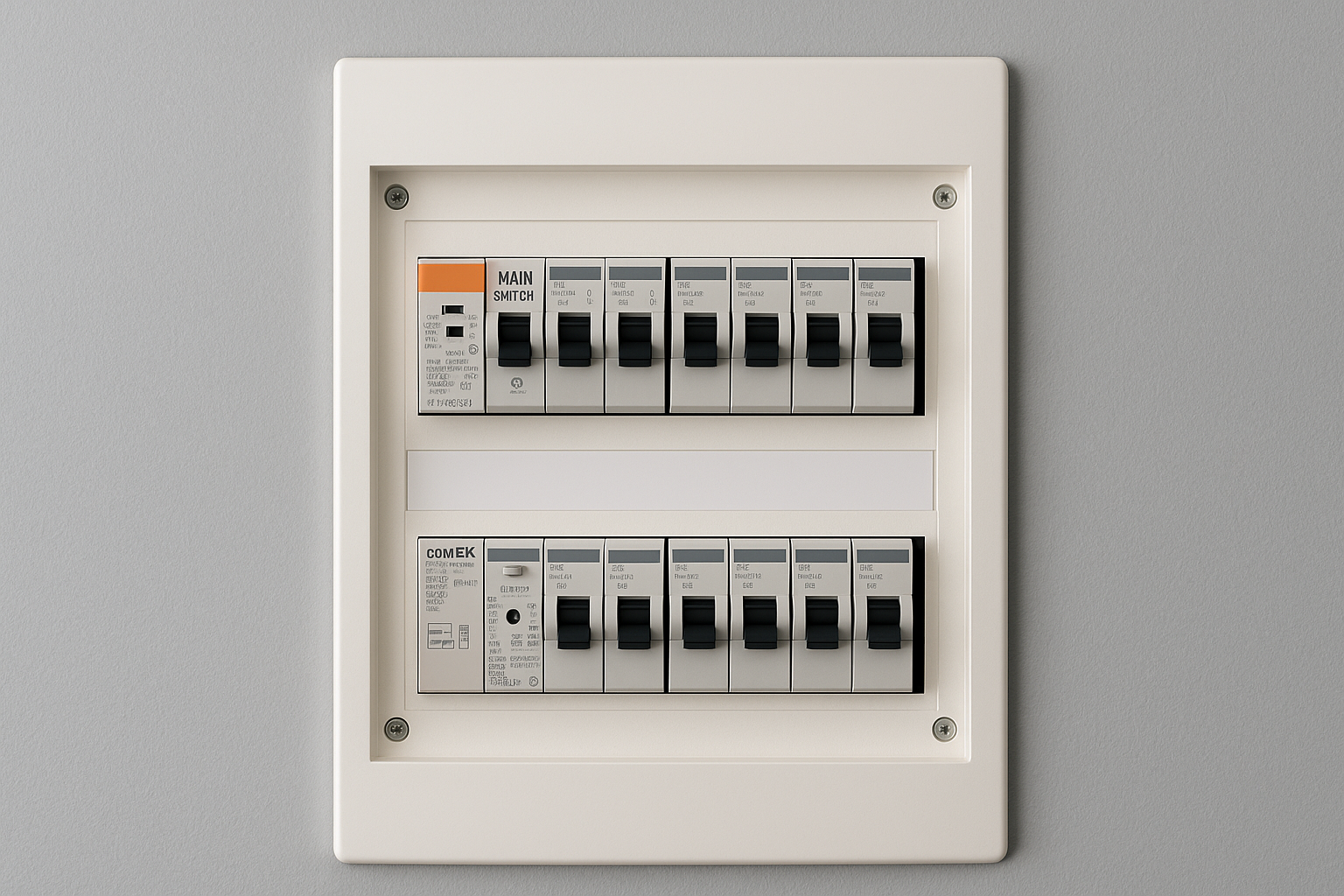When your LED light starts to flicker, it’s easy to dismiss it as a minor annoyance. But flickering can sometimes signal deeper issues, both for your comfort and your safety. In this post, we’ll explore what causes LED flicker, whether it’s dangerous, and what you should do about it.
What Is Flicker (Visible vs Invisible)
Visible flicker is what your eyes can see: the light appears to dim, flash, or pulse.
Invisible flicker happens at a frequency too high for you to consciously notice, but your visual system may still register the small changes in brightness.
In LED lighting, flicker often results from how the driver (the electronics inside the bulb or fixture) regulates power, along with dimmers, voltage fluctuations, or wiring issues. Because LEDs convert alternating current (AC) to direct current (DC), they can be more sensitive to disturbances in the power supply or mismatched dimmers.
Potential Health and Safety Risks
Flickering LEDs are not automatically dangerous, but under certain conditions they can cause health effects or signal electrical problems.
Health and Comfort Risks
- Eye strain, fatigue, headaches
Flicker, even if invisible, forces your eyes and brain to constantly adjust to tiny changes in light. Over time, this can cause tired eyes, discomfort, and headaches. - Migraine or light sensitivity triggers
For people prone to migraines or light sensitivity, flicker can be a major trigger. - Seizure risk (photosensitive epilepsy)
Flickering lights at specific frequencies may trigger seizures in those with photosensitive epilepsy. - Disorientation or vertigo
Severe flickering can cause dizziness, nausea, or a sense of disorientation, often called “flicker vertigo.” - Sleep and circadian rhythm disruption
Flickering can be associated with poor lighting quality that emits more blue light, which may delay melatonin production and affect sleep.
Safety and Fire Risk
Flicker itself doesn’t cause fires, but it can point to problems that do pose risks:
- Loose wiring or poor connections
Intermittent contact at the fixture, switch, or junction box can cause flicker and generate heat or sparks, increasing fire risk. - Faulty or overheating LED drivers
A malfunctioning driver or damaged internal component can cause flicker and may overheat or fail. - Voltage fluctuations or overloaded circuits
If your wiring or circuits are overloaded, voltage dips can cause lights to flicker. Overloaded circuits can overheat and become a fire hazard. - Damaged insulation or short circuits
When wiring insulation is damaged, flicker may be a symptom of intermittent shorting, which is dangerous.
In short, flickering can be a warning sign of electrical issues that require attention.
When to Worry
You don’t need to panic over a small amount of flicker, but take it seriously if:
- The flicker happens often or in multiple rooms
- It coincides with using large appliances
- You smell burning, hear buzzing, or notice heat at outlets or switches
- The problem persists with new, quality bulbs
- Someone in the home has epilepsy, migraines, or light sensitivity
- Other electrical problems occur at the same time
If any of these apply, contact a licensed electrician to investigate the cause.
How to Fix or Prevent Flickering
- Check the bulb or fixture
Try a high-quality LED bulb from a reputable brand. Make sure it’s compatible with your fixture, especially if dimmable. Replace any defective bulbs. - Check dimmer compatibility
Older dimmers designed for incandescent lights often cause LED flicker. Use an LED-compatible dimmer switch. - Inspect wiring and connections
Tighten loose connections at switches, fixtures, or junction boxes after turning off power. Replace damaged wiring if necessary. - Avoid circuit overloads
If flickering happens when appliances start, move heavy loads to a different circuit or have an electrician assess the wiring. - Choose low-flicker LED products
Some LEDs are specifically designed to minimise flicker. Look for products with “flicker-free” or “low-flicker” ratings. - Get professional help
Electricians can use specialised tools to identify and correct the source of flickering at the circuit or panel level.
Final Thoughts
Flickering LED lights aren’t always dangerous, but they should never be ignored. Often, they’re a sign of low-quality components or underlying wiring problems. At best, they reduce comfort and strain your eyes. At worst, they can be a symptom of electrical faults that risk overheating or fire.
If flickering persists, especially with other warning signs, it’s best to act quickly. Upgrade to quality, flicker-free lighting or have an electrician check your wiring to keep your home safe and comfortable.




